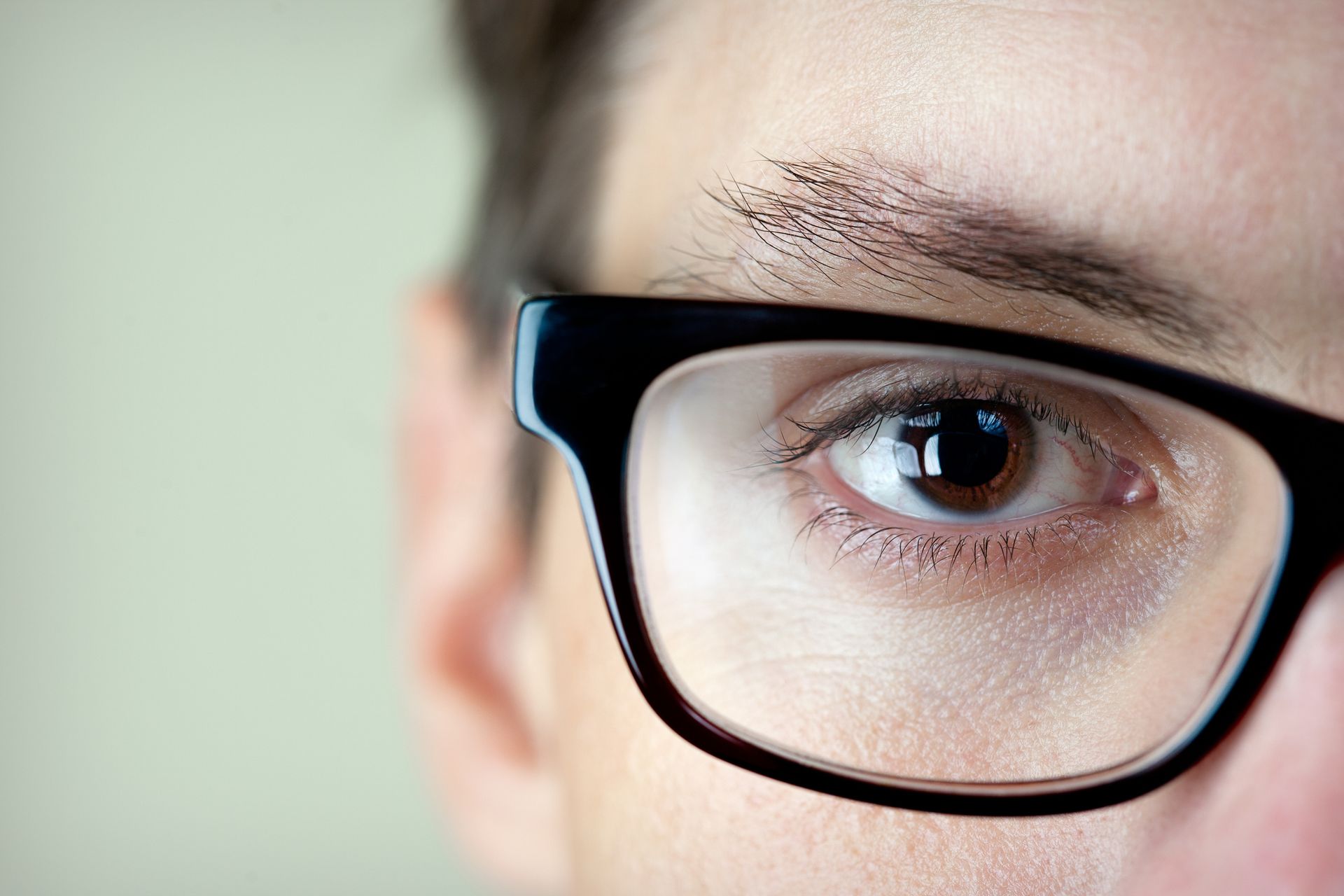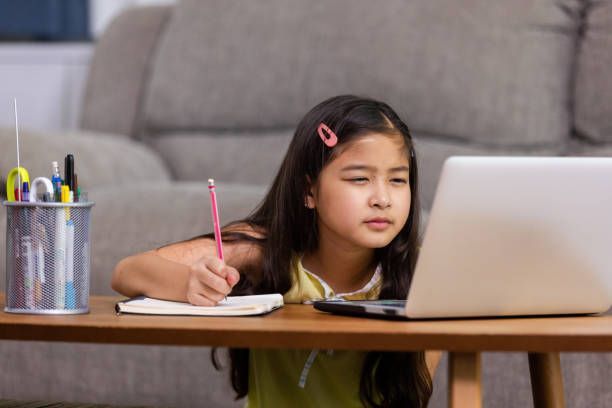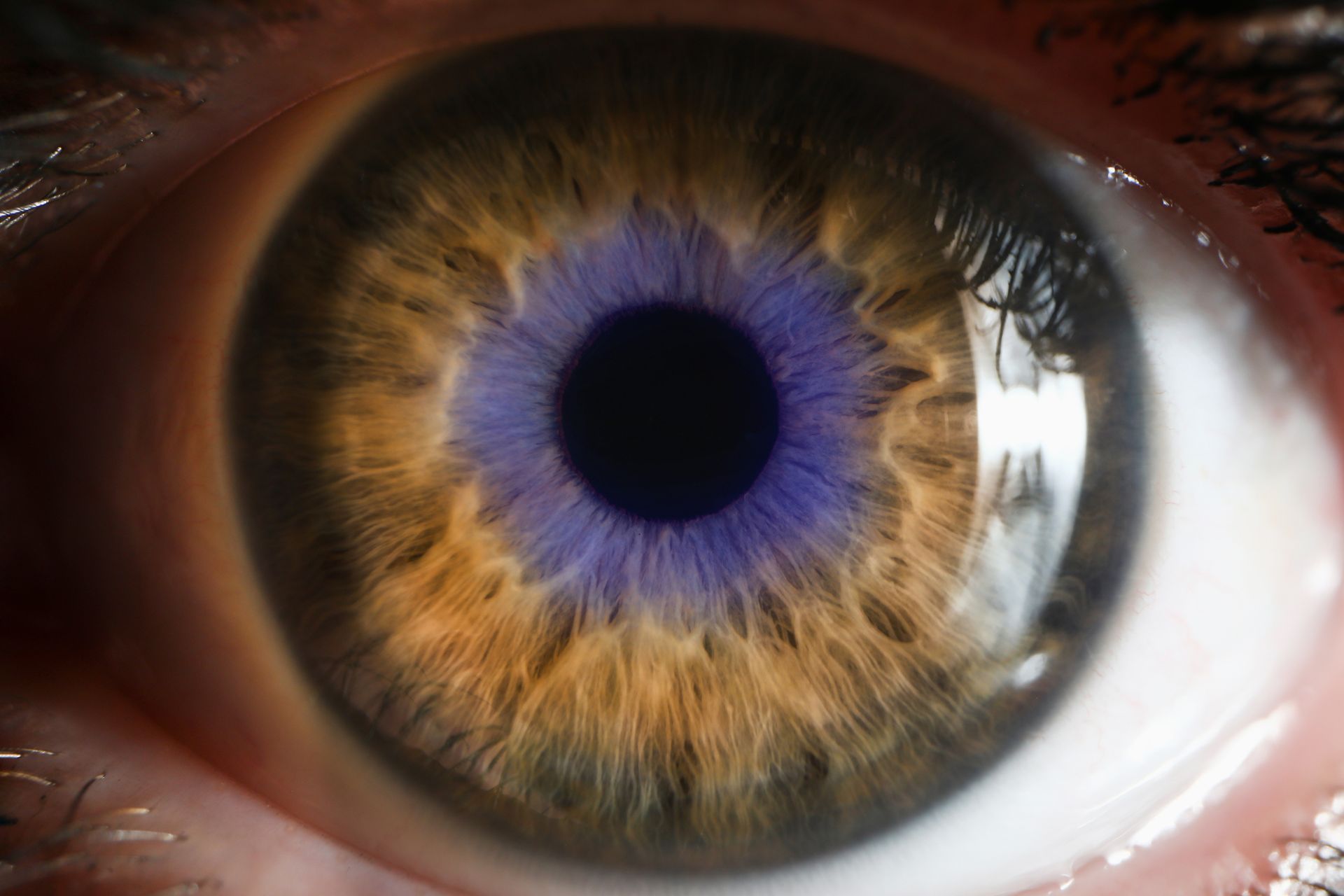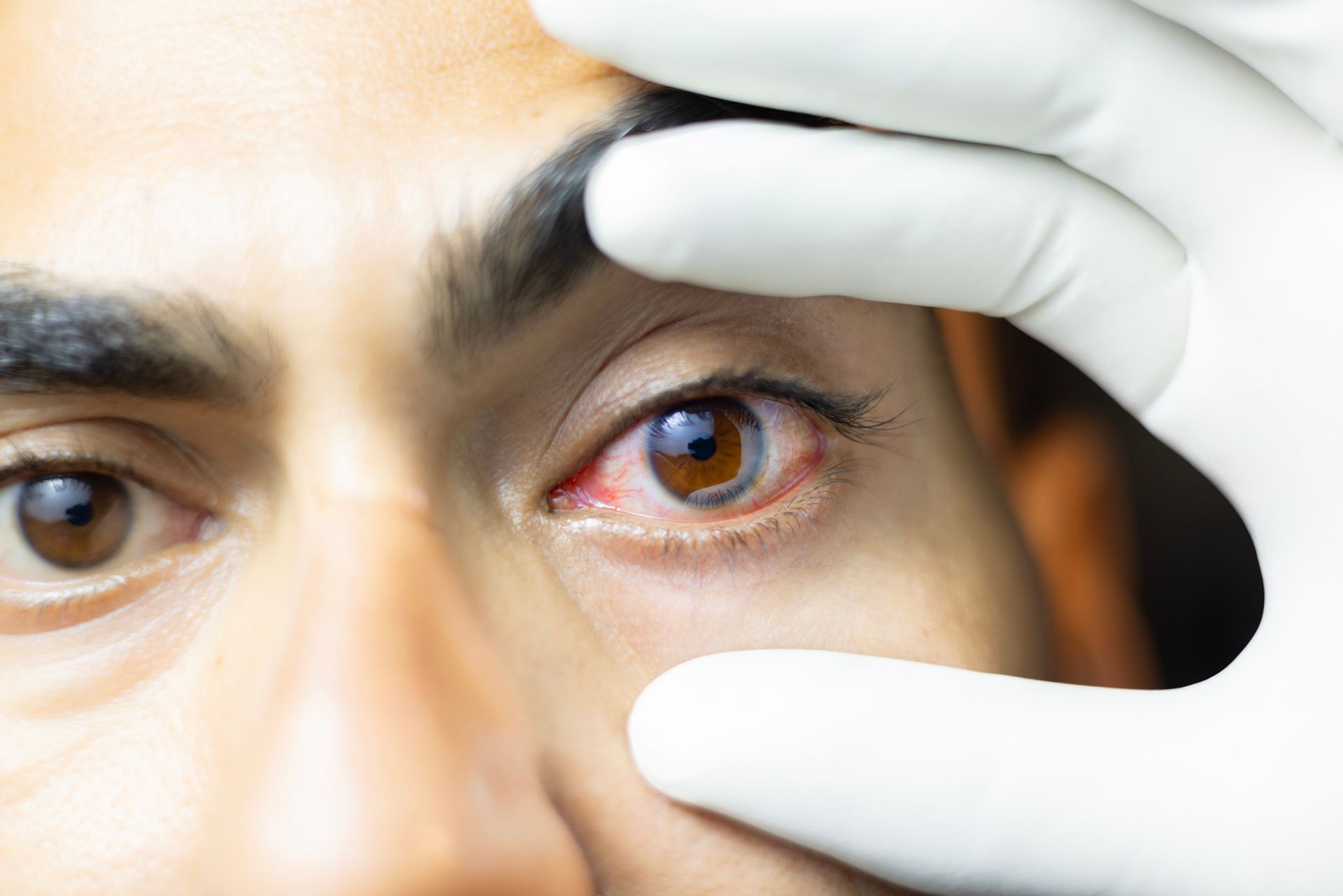Vision and Learning – How Eyes Affect the Classroom
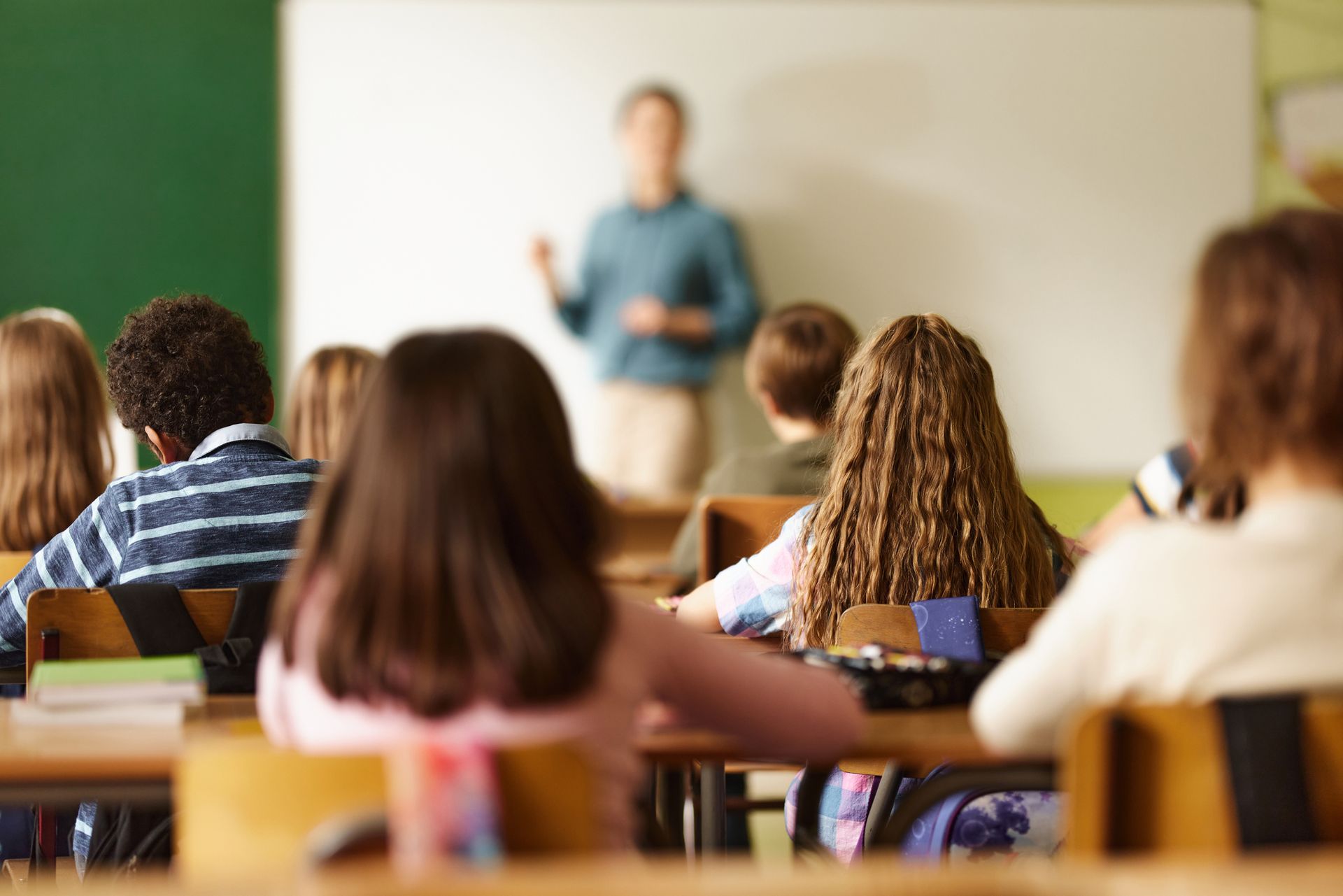
When kids struggle in the classroom, vision isn’t always the first thing parents or teachers think of, but it should be. Clear sight is just part of the puzzle. Your child’s ability to track words, shift focus between the board and their desk, and keep both eyes working together all play a big part in how they learn.
Signs Your Child Might Have a Vision-Related Learning Problem:
- Avoids reading or loses their place easily
- Complains of tired eyes or headaches
- Poor reading comprehension
- Squints, rubs eyes, or blinks excessively
- Struggles with concentration or copying from the board
Many kids can pass a basic eye test and still face difficulties because of focusing or eye coordination issues.
What We Check:
At VISION Michael Hare Optometrists, we go beyond basic clarity. A full children’s eye exam includes:
- Visual acuity (clarity at near and far)
- Binocular vision and eye movement control
- Focusing and convergence
- Eye health and refraction
- Colour vision and depth perception
We may recommend vision therapy, glasses for schoolwork, or strategies to reduce visual fatigue.
If your child’s having trouble at school, let’s check whether their eyes are doing more work than they should be. Book a comprehensive children's eye test at VISION Michael Hare Optometrists today.
Related Articles:
- Eye Tests for Kids: What’s Involved and Why It Matters
- Vision Therapy: What Is It and Who Needs It?
- Amblyopia: What Is Lazy Eye?
References:
- Maples WC. Visual factors that affect academic performance. Optometry. 2003.
- Grisham JD et al. Refractive error, binocular vision and learning. Optometry and Vision Science. 2007.
- Optometry Australia. Vision and Learning Position Statement. 2023.
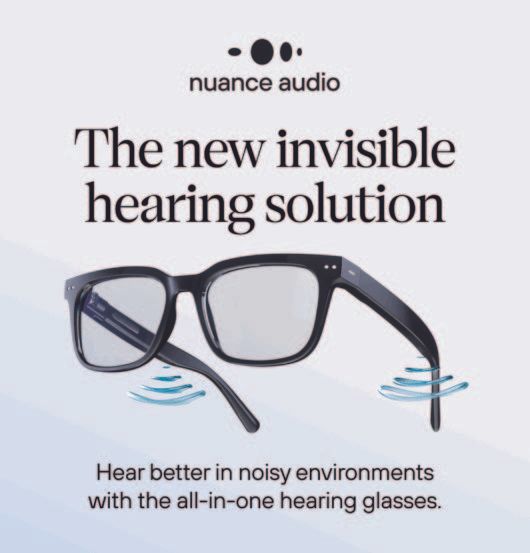
The New Invisible Hearing Solution: Nuance Audio - now available at Vision Michael Hare Optometrists
